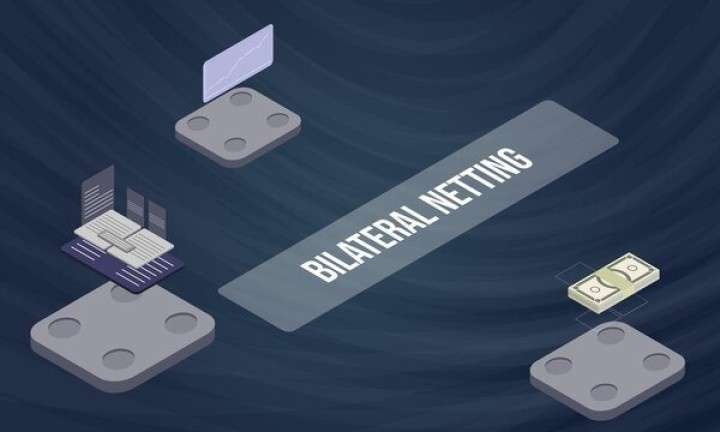In this article, we delve into the concept of Bilateral Netting, defining its purpose, providing practical examples, and discussing its importance in financial transactions.
Table of Contents
What is Bilateral Netting?
H2: Definition and Purpose
Bilateral Netting is a financial arrangement between two parties, such as financial institutions or corporations, to offset mutual obligations or debts to each other. Instead of settling each transaction individually, bilateral netting allows parties to aggregate their obligations and liabilities into a single net amount.
Key Features of Bilateral Netting
- H3: Offset Obligations: Allows counterparties to offset what they owe to each other, reducing the actual amount that needs to be exchanged.
- H3: Simplification: Streamlines settlement processes by consolidating multiple transactions into a single net payment.
- H3: Risk Reduction: Mitigates credit risk by reducing the exposure of each party to the other.
How Bilateral Netting Works
H2: Mechanism and Operation
In practice, bilateral netting involves the following steps:
- Agreement: Parties agree to net their transactions, outlining terms such as the frequency of netting (daily, weekly, etc.) and the types of transactions included (e.g., derivatives, securities trades).
- Calculation: At the netting date, each party calculates their gross obligations to the other party.
- Offsetting: Instead of settling gross amounts, parties offset these obligations against each other to arrive at a single net amount.
- Settlement: Parties settle the net amount, typically through a payment system or financial institution acting as a clearinghouse.
Benefits of Bilateral Netting
H2: Advantages and Considerations
Efficiency
- H3: Example: Bank A and Bank B engage in derivatives trading. Instead of settling each trade individually, they net their obligations, significantly reducing the number of transactions and administrative overhead.
Risk Management
- H3: Risk Reduction: By offsetting obligations, bilateral netting lowers credit risk exposure for both parties. If one party defaults, the net amount reduces the potential loss compared to settling each transaction separately.
Cost Savings
- H3: Operational Efficiency: Reduces operational costs associated with settlement processes, including administrative expenses and liquidity management.
Examples of Bilateral Netting
H2: Real-World Applications
Over-the-Counter (OTC) Derivatives
- H3: Example: Investment banks often use bilateral netting for OTC derivatives transactions. Instead of settling each swap or option individually, they net their obligations to streamline operations and manage risk exposure.
Interbank Markets
- H3: Example: Banks engage in bilateral netting for interbank loans and deposits. Netting allows them to reconcile multiple transactions into a single net payment, improving liquidity management and reducing funding costs.
Regulatory Considerations
H2: Compliance and Oversight
Legal Framework
- H3: Regulations: Regulatory bodies may require parties to adhere to specific guidelines or legal frameworks when engaging in bilateral netting to ensure transparency and risk management.
Counterparty Risk
- H3: Monitoring: Continuous monitoring of counterparty creditworthiness is essential to mitigate risks associated with bilateral netting agreements.
Conclusion
Bilateral Netting is a valuable tool in financial markets, allowing parties to streamline operations, reduce credit risk, and lower transaction costs. By offsetting mutual obligations into a single net payment, bilateral netting enhances efficiency and supports liquidity management across various financial transactions.
References
- International Swaps and Derivatives Association (ISDA). (2024). Bilateral Netting
- Bank for International Settlements (BIS). (2024). Netting Schemes





